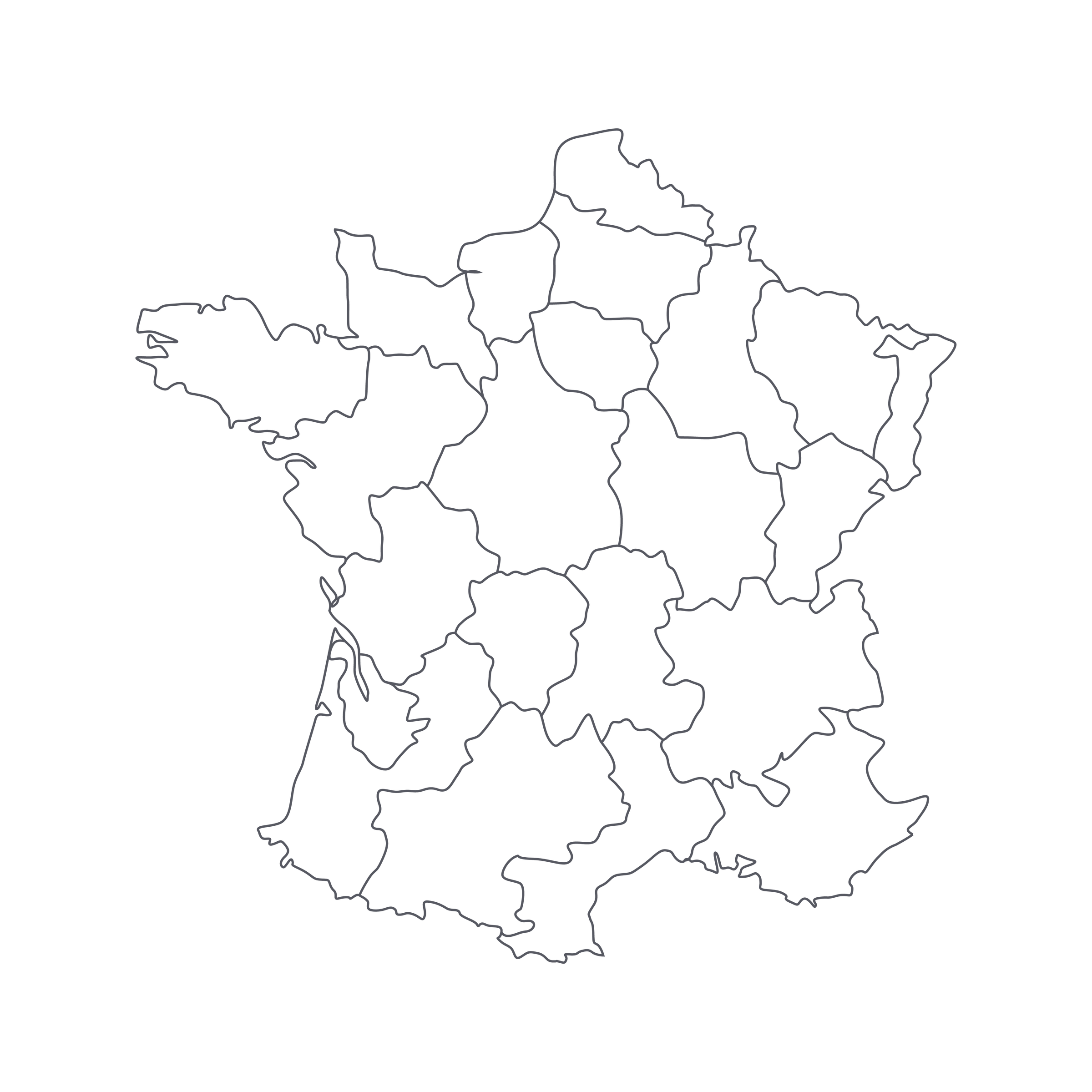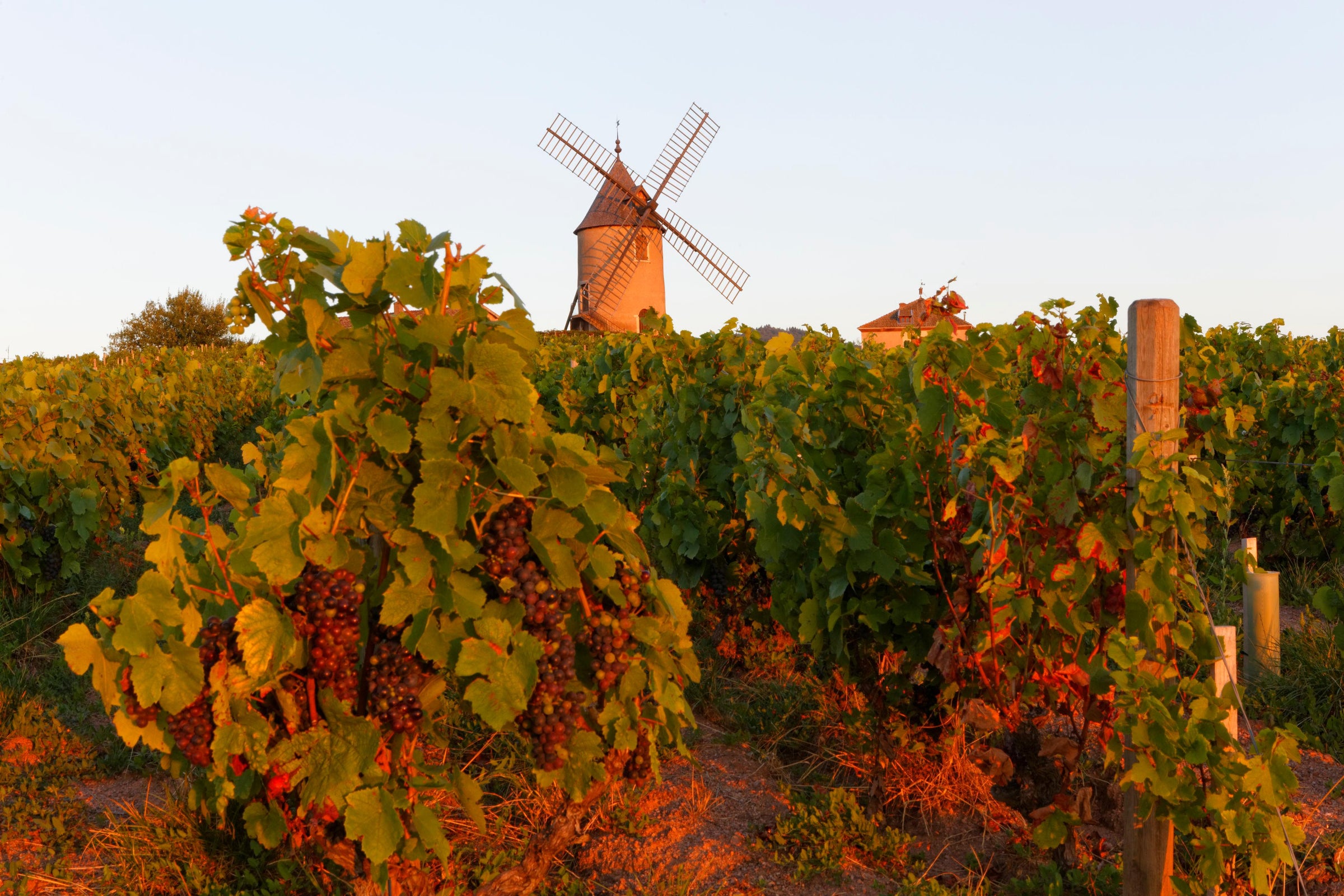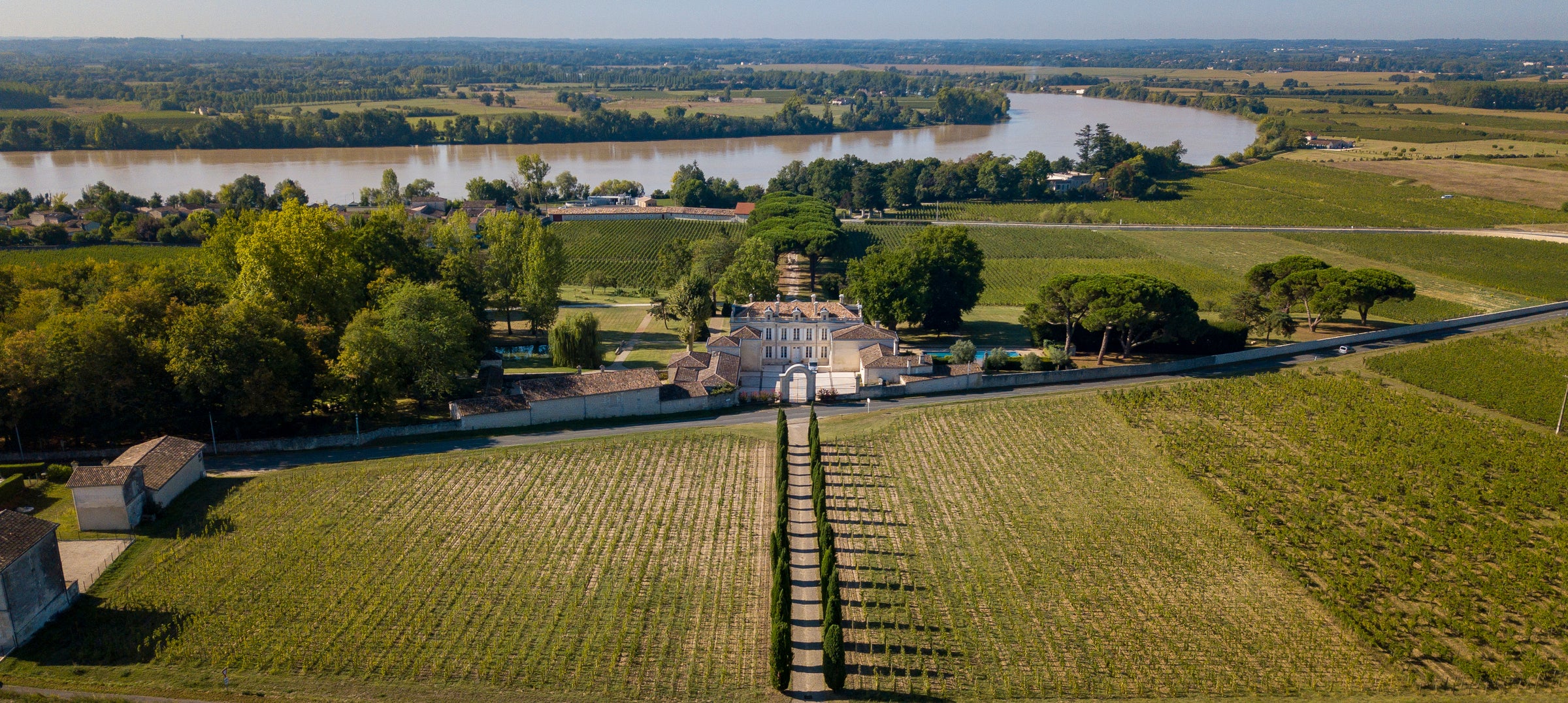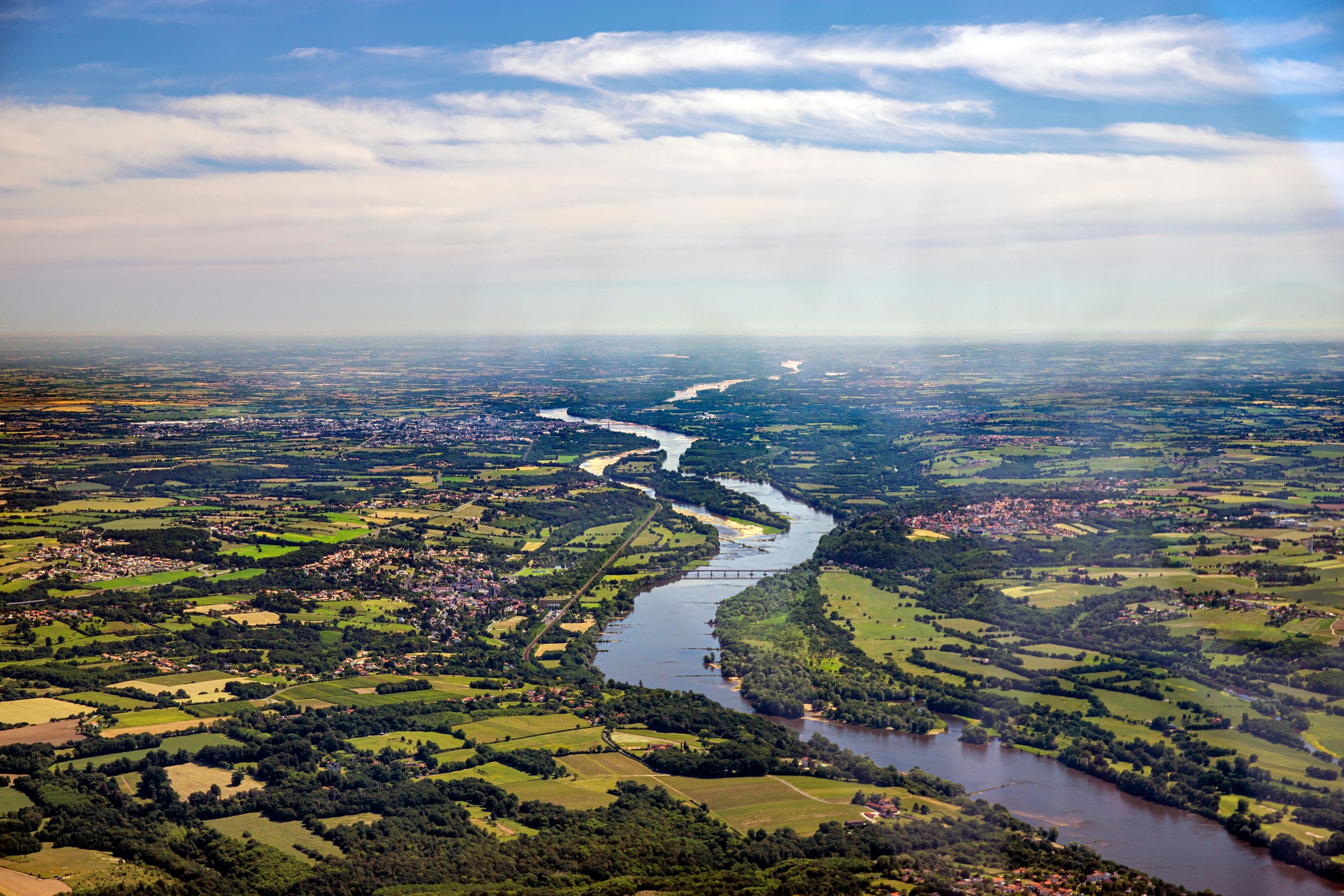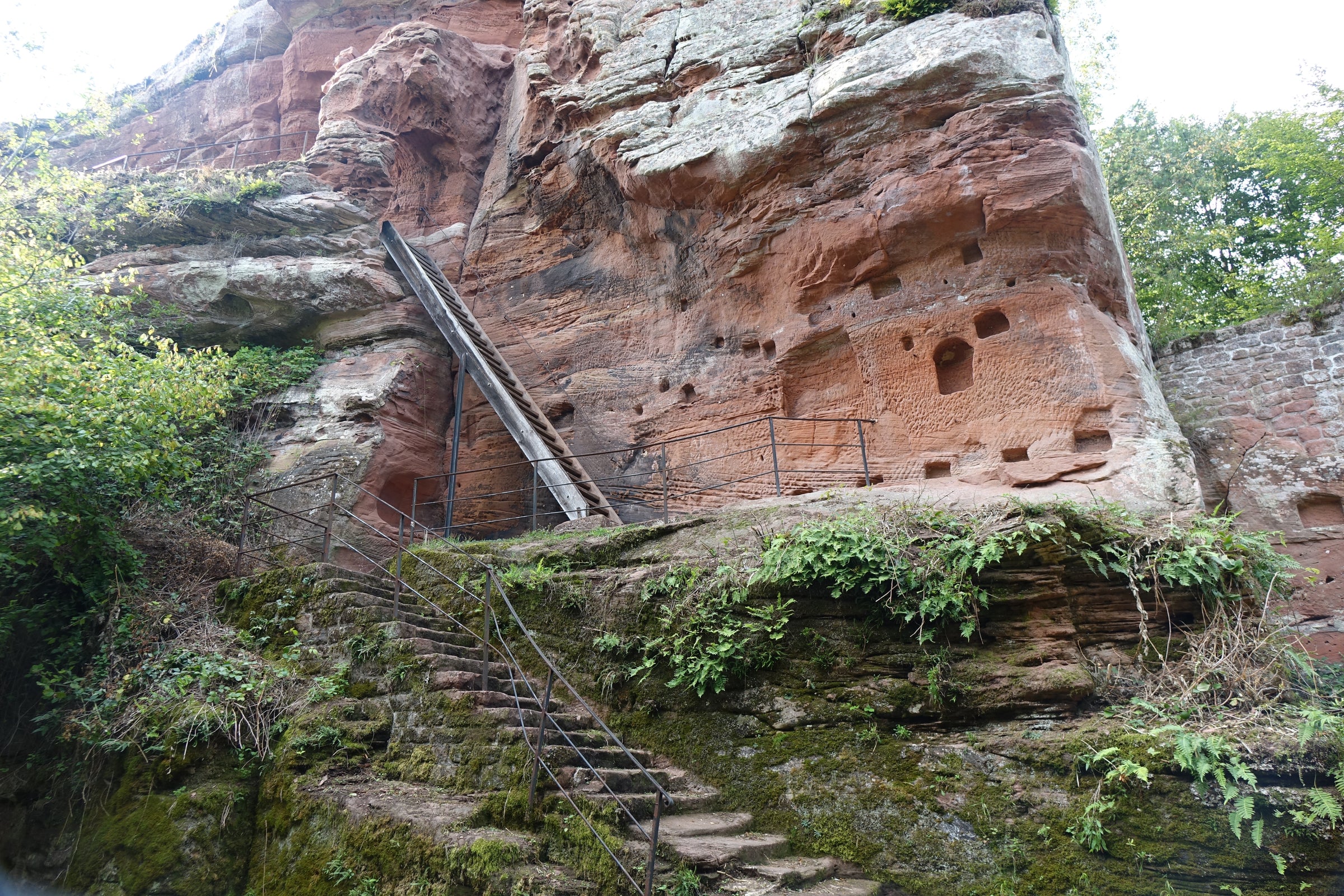I love that Philipponnat is still run by a member of its founding family—one of the last of the great Champagne houses to be so, in fact—under the dynamic auspices of Charles Philipponnat. In the almost two decades since Charles took over as CEO, and installed Thierry Garnier as Chef de Cave, the Philipponnat wines have been gaining in intensity and freshness, straight through the entire portfolio.
But if Philipponnat is known for one single wine, it’s “Clos des Goisses,” the family’s tête de cuvée—so named for the vineyard it is sourced from, arguably the most important single vineyard site in the entire Champagne region. We’ve scored a small amount of the acclaimed 2006 vintage bottling to share with you. Showing some beguiling hints of maturity now but promising decades of great drinking to come, this is investment-grade Champagne at its luxurious, silken best. Even the toughest Champagne critics gave this wine wine glowing reviews.
In addition to being a critically beloved, mouthwateringly delicious Champagne, “Clos des Goisses” has sentimental value for me as well. Back in 2007, I took a long wine trip with my father across Europe, and our first stop was Champagne. Not only did we get to walk the Clos des Goisses vineyard—a perfectly pitched, south-facing slope of pure chalk overlooking the Marne River—we were treated to a tasting of back-vintage Clos de Goisses wines going back to the 1970s. This is how I know this 2006 is a sure bet for long cellar aging—I can still taste some of those hauntingly beautiful 1970s vintages I got to enjoy with my father.
Although Krug’s “Clos du Mesnil” may be the better-known single-vineyard Champagne these days, Clos des Goisses has the longer history: Its first vintage was 1935 (compared to 1979 for Clos du Mesnil), and it has remained a standard-bearer in a region that wasn’t traditionally known for single-vineyard bottlings. In terms of its natural aspect, slope, and soil composition, there’s still no greater site than Clos des Goisses. Starting with the ultimate raw material, the wine is fermented in a mix of stainless steel and barrel, and aged for nearly a decade on its lees. This 2006 is comprised of 65% Pinot Noir and 35% Chardonnay and was disgorged (taken off its lees) in October 2015. It has a rather low dosage (the ‘corrective’ dose of sugar added after disgorgement) of just 4.5 grams/liter. Despite this, the wine is as richly textured as you’d expect from such a perfectly positioned vineyard.
In the glass, the 2006 Clos des Goisses is a highly reflective and fairly deep straw-gold, with a fine, persistent ‘bead’ (the quality of its effervescence). The nose is a riot of red and yellow apple, white raspberry, bosc pear, baking spices, bread dough, ginger, chalk, and more mature notes of leather, Porcini mushroom, and tea leaves. The palate is rich and mouth-coating but the wine finishes with an iron-fisted grip—for all of its silky expressiveness, there’s tightly coiled power as well. The finish is floral, toasty, and exceptionally long, and this is most definitely one of those Champagnes I’m going to advise drinking at a warmer (~50F) temperature to really showcase its aromatic complexity. I would also decant it, actually, if drinking it now—it will blow out some of the effervescence and bring the wine’s ‘vinosity’ to the fore. And finally, pair this elite Champagne with some food: This is a ‘main course’ wine that would be absolutely spectacular with this
recipe—an Italian one, from the legendary Lidia Bastianich—for baked stuffed sole. Whether you tackle it tomorrow or in ten years, that will be some supper.


